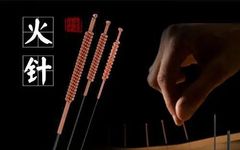
In daily life, people often say “引火烧身” (yǐn huǒ shāo shēn), which metaphorically means to bring trouble upon oneself or to self-destruct. Is there really anyone who would “引火烧身”? Buddhism claims that when a monk becomes enlightened, one method of dealing with the physical body is to “ignite the heart to burn the body”. We are all ordinary people, neither monks nor high priests; do we dare to “引火烧身”? In Traditional Chinese Medicine (TCM), there is a method called fire needling (火针疗法, huǒ zhēn liáofǎ) that utilizes the characteristic of “引火烧身” to treat certain diseases. Is this method scientifically valid? Let me explain it to you.
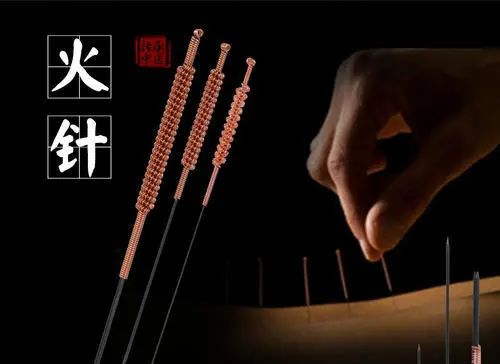
Fire Needling Therapy in TCM:
This method involves heating a specially made metal needle until it is red hot, quickly inserting it into specific areas or acupuncture points, providing a certain degree of thermal stimulation, and then swiftly withdrawing it to treat diseases. Fire needling was historically known as “燔针” (fán zhēn), and the technique is referred to as “焠刺” (cuàn cì). According to the “Ling Shu – Guanzhen”, it states: “焠刺者,刺燔针则取痹也”. In the Ming Dynasty, Wu Hegao stated: “焠刺者,用火先赤其针而后刺,此治寒痹之在骨也”.
This method has effects such as warming the meridians and dispersing cold, invigorating blood circulation and resolving stasis, softening hardness and dispersing masses, and promoting tissue regeneration. Clinically, it is commonly used to treat conditions such as 风寒湿痹 (fēng hán shī bì, wind-cold-damp bi syndrome), 痈疽 (yōng jū, carbuncles), 瘰疬 (luǒ lí, scrofula), and 痣疣 (zhì yóu, moles and warts).
1
Needle Instruments

The needles are typically made from tungsten alloy materials that can withstand high temperatures, do not anneal, deform less, and maintain high hardness at elevated temperatures. They resemble filiform needles but are thicker, with the needle handle often wrapped in copper wire. Common types include single-headed fire needles and three-headed fire needles, with single-headed fire needles available in different thicknesses, categorized as fine fire needles (needle tip diameter approximately 0.5mm) and coarse fire needles (needle tip diameter approximately 1.2mm).
2
Procedure

(一)Selecting Points and Disinfection
1. Selecting Points. This is similar to the filiform needle technique, but fewer points should be selected, primarily using the local point selection method of “taking pain as the location”.
2. Disinfection. The skin at the acupuncture point should be strictly disinfected before needling, first using iodine tincture for disinfection, followed by ethanol to remove the iodine.
(二)Heating the Needle and Needling
1. Heating the Needle. This is the key step in using fire needles. The “Zhen Jiu Da Cheng – Fire Needle” clearly states: “Heat on the lamp until it is bright red, and use it effectively. If it is not red, it cannot cure the disease and may harm the patient.” Therefore, before using the fire needle, it must be heated until red, first heating the needle body and then the needle tip. The degree of heating can be categorized into three levels, depending on the treatment needs: the needle can be heated to bright white, bright red, or slightly red. If the needling is deeper, it should be heated to bright white for quick insertion and withdrawal; otherwise, it is difficult to insert and withdraw, causing severe pain. If the needling is shallower, it can be heated to bright red for quick insertion and withdrawal, with lighter puncturing. If the needling is superficial, it can be heated to slightly red and lightly cauterized at the epidermal level.

2. Needling. One can hold a lit ethanol lamp in the left hand and the needle in the right hand, aiming as close to the treatment area as possible. After heating the needle, it can be vertically punctured into the acupuncture point, with quick insertion and withdrawal. Alternatively, the needle can be left in place for 5-15 minutes before withdrawal. After removing the needle, apply sterile dry cotton balls to the puncture site to reduce pain and prevent bleeding.

(三)Depth of Needling
The depth of needling should be determined based on the condition, constitution, age, and the thickness of the muscle at the needling site, as well as the depth of blood vessels and distribution of nerves. The “Zhen Jiu Da Cheng – Fire Needle” states: “Avoid being too deep, as it may injure the meridians; being too shallow cannot cure the disease, only moderate depth is appropriate.” Generally, for the limbs and lower back, needling can be slightly deeper, about 2-5 fen; for the chest and back, it should be shallower, about 1-2 fen; for warts and moles, the depth should be appropriate to the base depth.
3
Clinical Applications
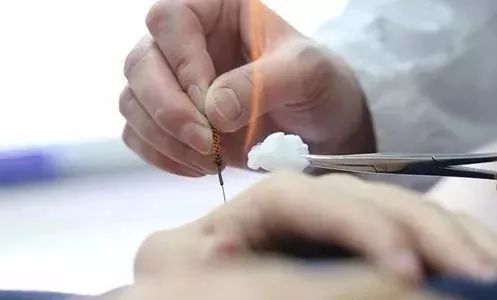
(一)Indications
This method is mainly applicable for 痹症 (bì zhèng, bi syndrome), 带状疱疹 (dài zhuàng pào zhěn, shingles), 慢性结肠炎 (màn xìng jié cháng yán, chronic colitis), 阳痿 (yáng wěi, impotence), 痛经 (tòng jīng, dysmenorrhea), 痈疽 (yōng jū, carbuncles), 痔疮 (zhì chuāng, hemorrhoids), 瘰疬 (luǒ lí, scrofula), 网球肘 (wǎng qiú zhǒu, tennis elbow), 腱鞘囊肿 (jiàn qiào náng zhǒng, ganglion cyst), 腋臭 (yè chòu, axillary odor), 象皮腿 (xiàng pí tuǐ, elephantiasis), 疳积 (gān jī, malnutrition), and 疣 (yóu, warts), 痣 (zhì, moles).
(二)Precautions
(1) Fire needling is prohibited on the face except for treating warts and moles.
(2) Fire needling is prohibited in areas with major blood vessels or nerve trunks.
(3) Fire needling is prohibited for patients with hemophilia or bleeding tendencies.
(4) If redness or swelling occurs at the needling site, avoid bathing; if itching occurs, do not scratch to prevent infection.
(5) If needling is 1-3 fen deep, no special treatment is required after needle removal. If needling is 4-5 fen deep, cover the puncture site with sterile gauze and secure it with adhesive tape for 1-2 days to prevent infection.
(6) For patients receiving fire needling for the first time, proper explanations should be provided to alleviate fear and prevent needle phobia.
Provided by Xu Kunzhan (Rehabilitation Therapy Department)
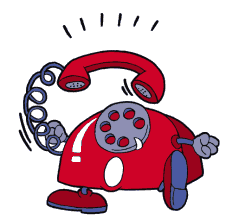
If you have medical needs in this area
Please contact the Rehabilitation Therapy Department of Qingdao West Coast New Area People’s Hospital
0532 — 8611 4305
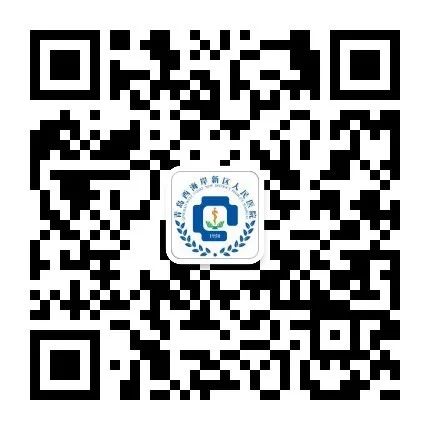
Long press the QR code to follow us
And share with you

